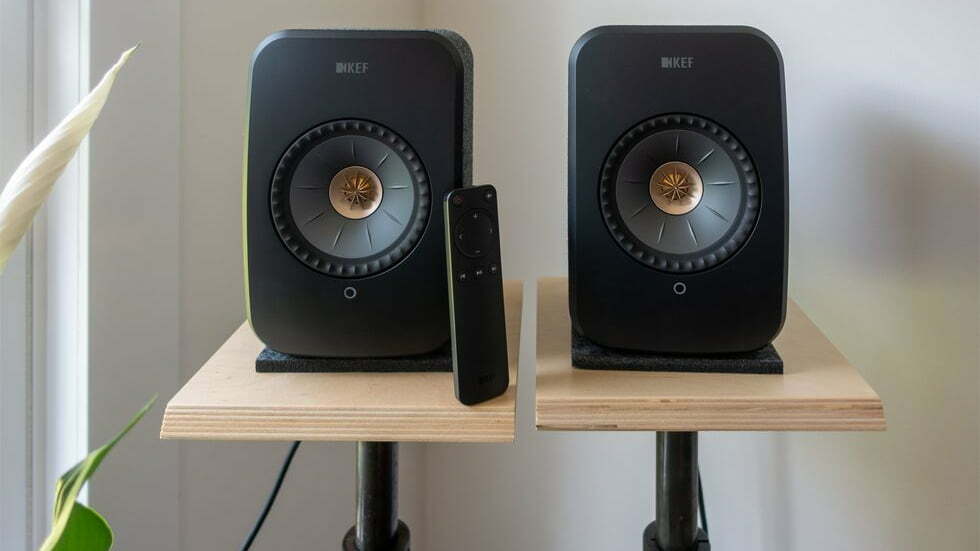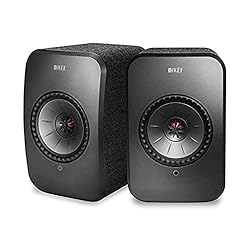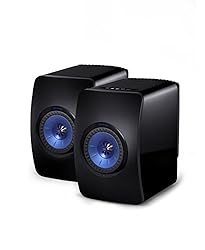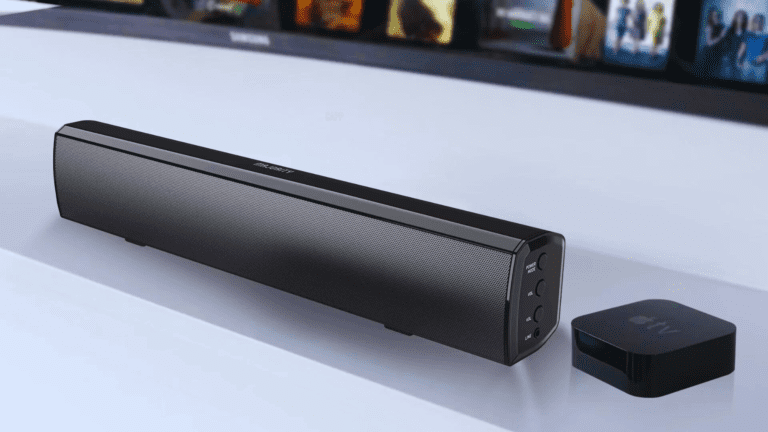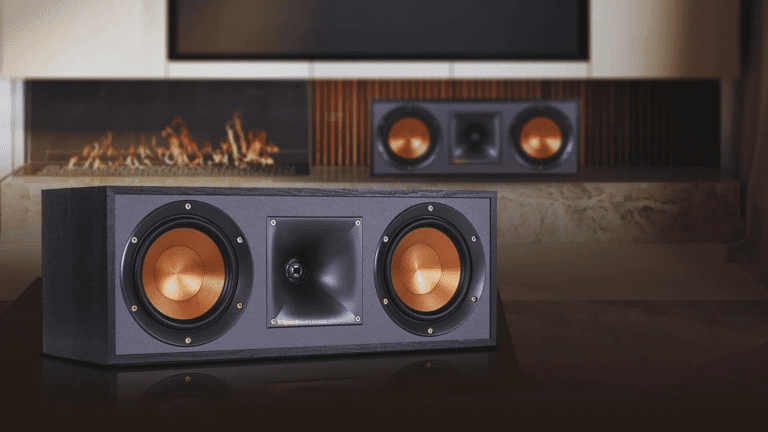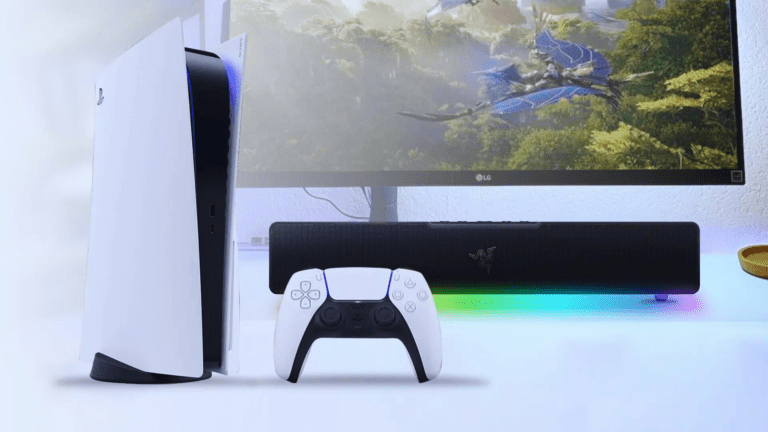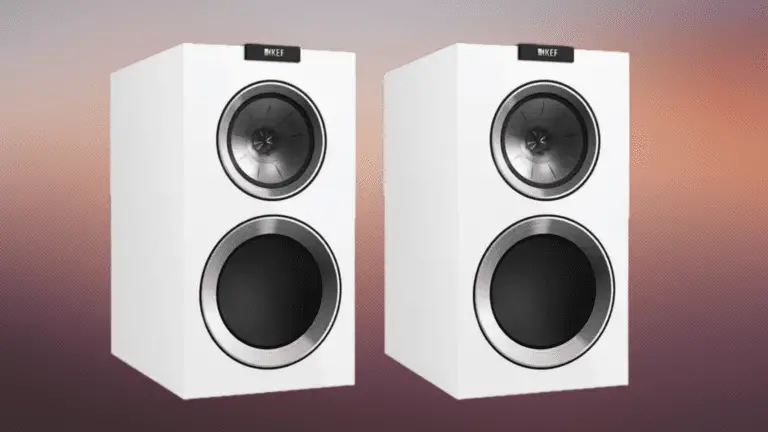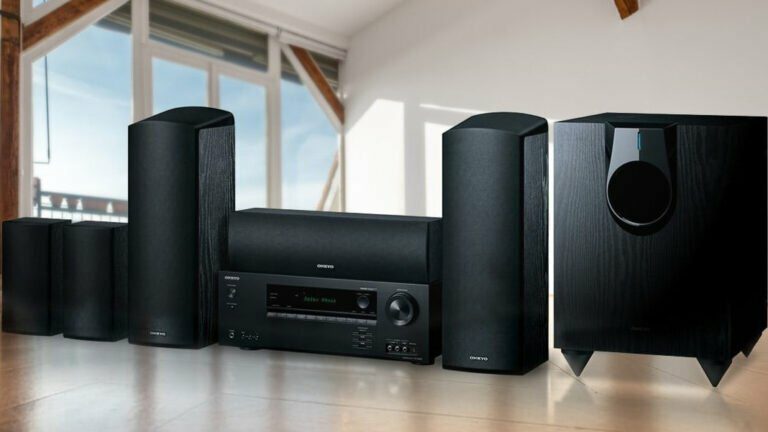Table of Contents
ToggleKEF LS50 vs LSX – Overview
Design and Build Quality – KEF LS50 vs LSX
Sound Quality – KEF LS50 vs LSX
Connectivity Options – KEF LS50 Wireless vs LSX
KEF LS50 vs LSX – Price Comparison
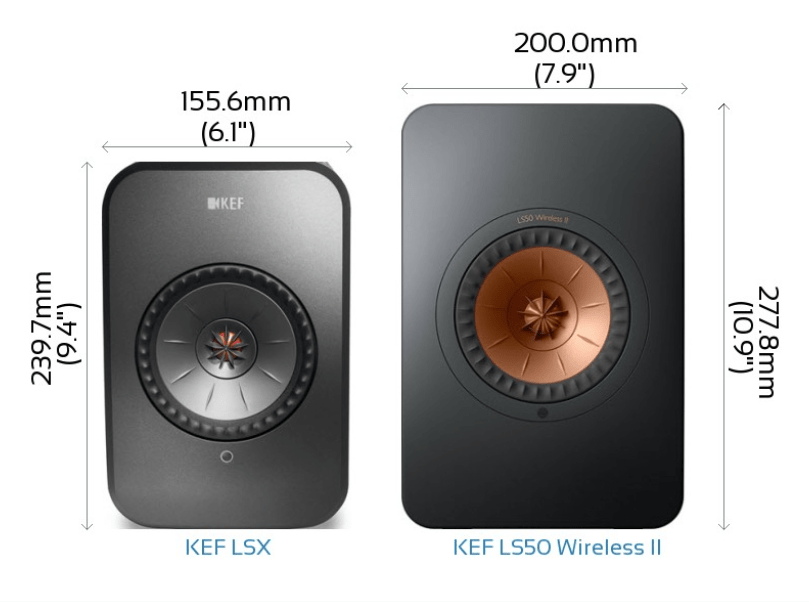
How We Choose Which Product is The Best
1. Driver type
2. Nominal Impedance
3. Frequency Response or Frequency Range
Winner: LS50W
4. Driver Size
5. Maximum Output (SPL)
Winner: LS50W
6. Amplifier type
7. Design
Winner: LS50W
8. Features
9. Cost
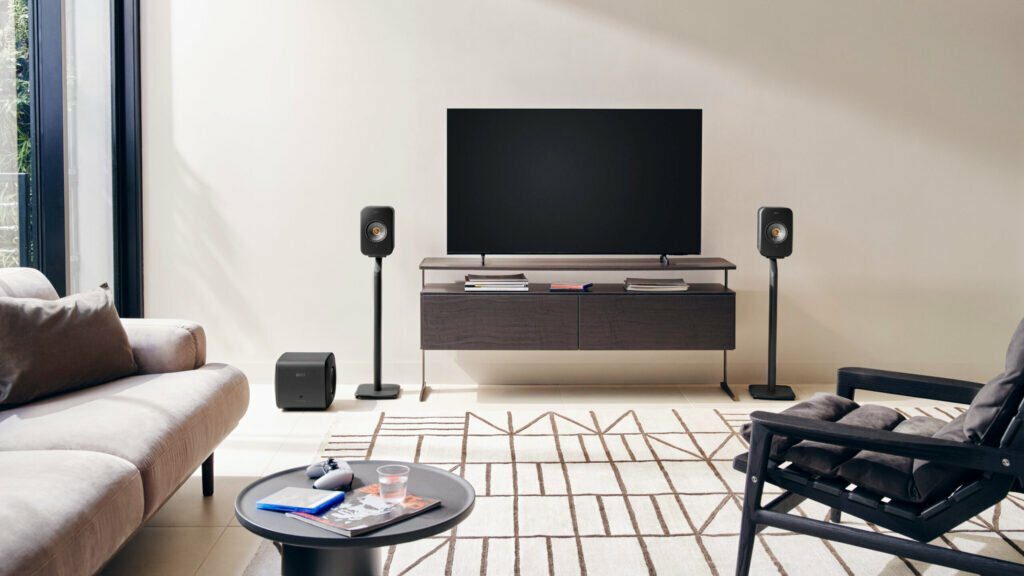
KEF LS50 Meta vs LSX - Pros and Cons
The KEF LS50 and LSX both offer great sound quality, build quality, and connectivity options. The LS50 is slightly more affordable, while the LSX offers more power and bass extension. Ultimately, it depends on your needs as to which speaker is best suited for you.
The LS50 is a great choice for those who are looking for a more compact speaker that still offers great sound quality. It is also a great option for those who are on a budget. The LSX, on the other hand, is a great choice for those who are looking for a more powerful speaker with more bass extension. It is also a great choice for those who are looking for a more immersive listening experience.
Kef LSX: Pros and Cons
What we like
- The sound quality is better thanks to the advanced Uni-Q driver array.
- Wide connectivity.
- Colorful and elegant design.
- Allow you to get the performance of a top-tier KEF speaker package at a reasonable price.
- A beautiful, rich, airy, and unique sound.
- Airplay 2 from Apple was supported.
- Versatile modern control app.
What we don't like
- The KEF LSX can only be used with two apps.
- Faltering remote control.
- Not suitable for bigger rooms.
- Getting worse sub-bass.
KEF LS50 Wireless: Pros and Cons
What we like
- A sophisticated array of Uni-Q drivers makes the sound better.
- Two-way Reflex in the Bass.
- It comes in three high-quality finishes.
- Great clarity and understanding.
- The bass and dynamics are strong.
- Bass that is smooth and clear.
What we don't like
- The voices seem a little flat.
- The remote keeps breaking.
KEF LS50 vs LSX
Is the KEF LS50 wireless worth it?
Can you tell me how much space I need between my KEF LS50 speakers?
Will KEF LSX work if I don’t have a wireless network?
Other Alternative Speakers
1. KEF R3
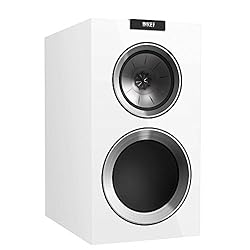
The KEF R3 stand mounts are some of the best in their price range. They sound great and work with a lot of different setups. They feature a 5.25-inch Uni-Q driver array with a dedicated tweeter and two 6.5-inch woofers, giving them plenty of power and range for their size.
They provide a detailed, accurate soundstage with well-defined imaging. The bass is tight and punchy too, making them great for movies or music. Overall, the KEF R3 is an excellent choice for anyone looking for high quality sound in a compact package.
What we like
- Excellent clarity and resolution.
- Well-rounded, engaging audio quality.
- Superior construction and polish.
What we don't like
- Expensive.
2. Focal Aria 906
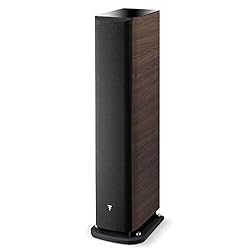
The two-way bookshelf speaker Focal Aria 906 has powerful, refined sound and a wealth of talent. If you’re looking for similar speakers, the Focal Aria 936 and 948 are great options. They’re larger than the 906, with more bass and greater power.
Other similarly priced bookshelf speakers include the KEF LS50, SVS Prime Pinnacle, and Elac Debut 2.0 B6.2. All of these are great options if you’re looking for an upgrade in sound quality and performance over the Focal Aria 906.
What we like
- Big in scope.
- Superior strength.
- Excellent packaging.
What we don't like
- Playing the Bass.
KEF LS50 vs LSX - Final Thoughts
Author’s Choice: KEF LS50W
You may want to also read our article on The Best Home Theater Systems.
FAQs for KEF LS50 vs LSX Wireless Speaker
Q: What are the differences between KEF LS50 and LSX Wireless Speaker? A: The KEF LS50 and LSX Wireless Speaker are both high-quality speakers, but they have some key differences. The LS50 is a larger bookshelf speaker designed for a more immersive audio experience, while the LSX is a compact wireless speaker system with built-in amplification and connectivity options.
Q: Which speaker offers better sound quality, KEF LS50 or LSX Wireless Speaker? A: Both the KEF LS50 and LSX Wireless Speaker offer excellent sound quality. However, the LS50 is often considered superior in terms of overall audio performance due to its larger size, advanced driver technology, and higher power handling capabilities.
Q: Do the KEF LS50 and LSX Wireless Speaker support wireless connectivity? A: Yes, both the KEF LS50 and LSX Wireless Speaker support wireless connectivity. They can connect to devices via Bluetooth, Wi-Fi, or other wireless protocols, allowing for convenient streaming of audio content.
Q: Can I use the KEF LS50 and LSX Wireless Speaker with my TV or home theater setup? A: Yes, both the KEF LS50 and LSX Wireless Speaker can be used with TVs and home theater setups. However, the LS50 is often preferred for larger rooms or dedicated home theater systems due to its more powerful and immersive sound output.
Q: Do the KEF LS50 and LSX Wireless Speaker require additional amplifiers or receivers? A: The KEF LS50 requires a separate amplifier or receiver to power the speakers, as it is a passive speaker system. On the other hand, the LSX has built-in amplification, so it does not require additional equipment to drive the speakers.
Q: Can I connect the KEF LS50 and LSX Wireless Speaker to multiple devices simultaneously? A: Yes, both the KEF LS50 and LSX Wireless Speaker allow for multi-device connectivity. You can connect them to multiple devices such as smartphones, tablets, computers, or TVs and easily switch between them.
Q: Are the KEF LS50 and LSX Wireless Speaker suitable for near-field listening or desktop use? A: Yes, both the KEF LS50 and LSX Wireless Speaker can be used for near-field listening or desktop setups. The LSX, being a more compact system, is often preferred for smaller spaces or as computer speakers.
Q: Which speaker is more suitable for a larger room, KEF LS50 or LSX Wireless Speaker? A: The KEF LS50 is generally more suitable for larger rooms due to its larger size, higher power output, and ability to fill a room with rich sound. However, the LSX can still perform well in smaller to medium-sized rooms.
Q: Do the KEF LS50 and LSX Wireless Speaker come with built-in streaming services or voice assistants? A: The LSX Wireless Speaker offers built-in streaming services such as Spotify Connect and Tidal, along with support for voice assistants like Alexa. The LS50, being a passive speaker, does not have these features built-in.
Q: Are the KEF LS50 and LSX Wireless Speaker available in different color options? A: Yes, both the KEF LS50 and LSX Wireless Speaker are available in different color options to match various preferences and room aesthetics. It’s recommended to check the available color choices when making a purchase.

